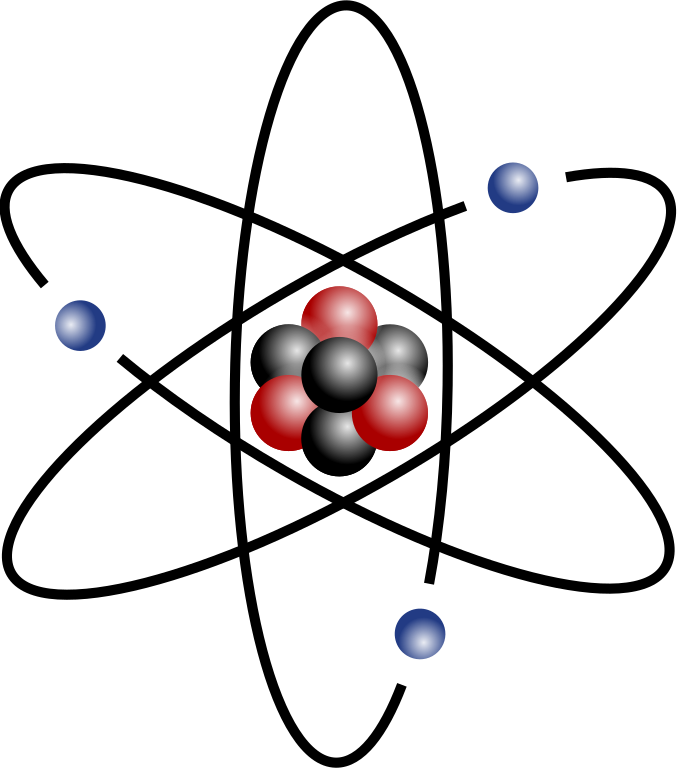Physics Principles Quiz Questions
1. Which of the following is a scalar quantity?
(a) Velocity
(b) Acceleration
(c) Force
(d) Speed
2. Newton’s second law of motion is expressed as:
(a) F = m/a
(b) F = ma
(c) F = a/m
(d) F = m – a
3. The unit of work is:
(a) Joule
(b) Newton
(c) Watt
(d) Kilogram
4. The energy possessed by a body due to its motion is called:
(a) Potential energy
(b) Kinetic energy
(c) Elastic potential energy
(d) Gravitational potential energy
5. The slope of a velocity-time graph represents:
(a) Displacement
(b) Acceleration
(c) Speed
(d) Distance
6. The center of gravity of a uniform triangular lamina is at its:
(a) Centroid
(b) Incenter
(c) Circumcenter
(d) Orthocenter
7. The moment of inertia of a body depends on:
(a) Mass of the body
(b) Distribution of mass about the axis of rotation
(c) Both a and b
(d) Neither a nor b
8. Temperature is a measure of:
(a) Total kinetic energy of molecules
(b) Average kinetic energy of molecules
(c) Potential energy of molecules
(d) None of the above
9. Heat is a form of:
(a) Kinetic energy
(b) Potential energy
(c) Both a and b
(d) Neither a nor b
10. The specific heat capacity of a substance is:
(a) The amount of heat required to raise the temperature of 1 kg of the substance by 1 K
(b) The amount of heat required to raise the temperature of 1 g of the substance by 1 K
(c) The amount of heat required to change the state of 1 kg of the substance
(d) None of the above
11. Carnot engine is a theoretical heat engine which:
(a) Has maximum efficiency
(b) Works on a reversible cycle
(c) Both a and b
(d) Neither a nor b
12. The nature of the image formed by a plane mirror is:
(a) Real and inverted
(b) Virtual and inverted
(c) Real and erect
(d) Virtual and erect
13. The refractive index of a medium is defined as the ratio of:
(a) Speed of light in vacuum to speed of light in the medium
(b) Speed of light in the medium to speed of light in vacuum
(c) Wavelength of light in vacuum to wavelength of light in the medium
(d) Frequency of light in vacuum to frequency of light in the medium
14. Total internal reflection occurs when:
(a) Angle of incidence is greater than the critical angle
(b) Angle of incidence is less than the critical angle
(c) Angle of incidence is equal to the critical angle
(d) None of the above
15. A convex lens produces a real, inverted, and magnified image of an object when the object is placed:
(a) Between the optical center and the focus
(b) At the focus
(c) Between the focus and the center of curvature
(d) Beyond the center of curvature
16. The dispersion of white light into its constituent colors is due to:
(a) Different speeds of different colors in a medium
(b) Different wavelengths of different colors
(c) Different frequencies of different colors
(d) All of the above
17. Electric current is defined as the rate of flow of:
(a) Electrons
(b) Protons
(c) Charge
(d) Energy
18. Ohm’s law states that:
(a) Current is directly proportional to voltage
(b) Current is inversely proportional to voltage
(c) Voltage is directly proportional to resistance
(d) Resistance is inversely proportional to current
19. The resistance of a conductor depends on:
(a) Length of the conductor
(b) Area of cross-section of the conductor
(c) Resistivity of the material of the conductor
(d) All of the above
20. Electric power is given by:
(a) P = VI
(b) P = V/I
(c) P = I/V
(d) P = V^2/R
21. A transformer is used to:
(a) Increase or decrease voltage
(b) Convert AC to DC
(c) Convert DC to AC
(d) Amplify current
22. The force acting on a body moving in a uniform circular motion is:
(a) Centripetal force
(b) Centrifugal force
(c) Gravitational force
(d) Frictional force
23. Momentum is a:
(a) Scalar quantity
(b) Vector quantity
(c) Unitless quantity
(d) Dimensionless quantity
24. The temperature at which the volume of a gas becomes zero is called:
(a) Absolute zero
(b) Ice point
(c) Boiling point
(d) Triple point
25. The process by which heat is transferred from one point to another without the actual movement of the medium is called:
(a) Conduction
(b) Convection
(c) Radiation
(d) Diffusion
Physics Principles Quiz Questions with Answers
1. Which of the following is a scalar quantity?
(d) Speed
2. Newton’s second law of motion is expressed as:
(b) F = ma
3. The unit of work is:
(a) Joule
4. The energy possessed by a body due to its motion is called:
(b) Kinetic energy
5. The slope of a velocity-time graph represents:
(b) Acceleration
6. The center of gravity of a uniform triangular lamina is at its:
(a) Centroid
7. The moment of inertia of a body depends on:
(c) Both a and b
8. Temperature is a measure of:
(b) Average kinetic energy of molecules
9. Heat is a form of:
(a) Kinetic energy
10. The specific heat capacity of a substance is:
(a) The amount of heat required to raise the temperature of 1 kg of the substance by 1 K
11. Carnot engine is a theoretical heat engine which:
(c) Both a and b
12. The nature of the image formed by a plane mirror is:
(d) Virtual and erect
13. The refractive index of a medium is defined as the ratio of:
(a) Speed of light in vacuum to speed of light in the medium
14. Total internal reflection occurs when:
(a) Angle of incidence is greater than the critical angle
15. A convex lens produces a real, inverted, and magnified image of an object when the object is placed:
(c) Between the focus and the center of curvature
16. The dispersion of white light into its constituent colors is due to:
(a) Different speeds of different colors in a medium
17. Electric current is defined as the rate of flow of:
(c) Charge
18. Ohm’s law states that:
(a) Current is directly proportional to voltage
19. The resistance of a conductor depends on:
(d) All of the above
20. Electric power is given by:
(a) P = VI
21. A transformer is used to:
(a) Increase or decrease voltage
22. The force acting on a body moving in a uniform circular motion is:
(a) Centripetal force
23. Momentum is a:
(b) Vector quantity
24. The temperature at which the volume of a gas becomes zero is called:
(a) Absolute zero
25. The process by which heat is transferred from one point to another without the actual movement of the medium is called:
(c) Radiation




